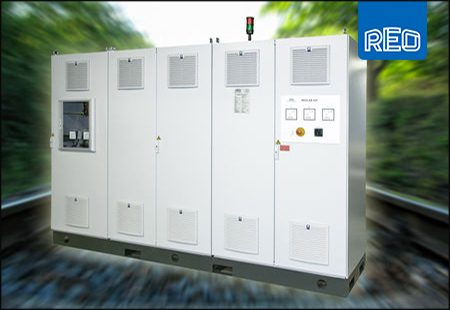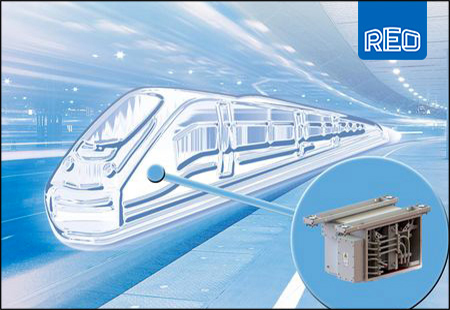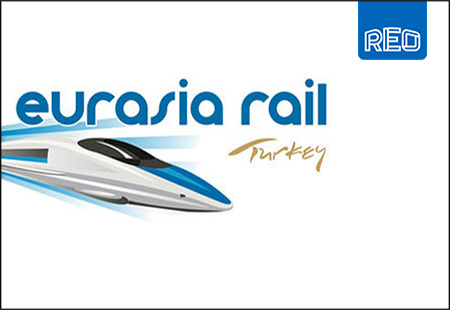High Voltage Test Equipment for the Rail Industry
According to recent research by the UK Office of Rail and Road (ORR) we are using rail more than ever before. Over 1.6bn passenger journeys equated to 62.9bn passenger kilometres in the year to March 2015, a 4.5 per cent rise on the previous year. Here Steve Hughes, managing director of REO UK, looks at the role of power quality in this growth and how, to stay at the forefront of testing innovation, the world’s leading multinational aerospace and transport company turned to REO for specialist expertise.
There’s nothing more stressful than a train journey where onboard facilities and services are compromised. Whether the journey is long or short, a satisfying journey relies heavily on a smooth and uninterrupted auxiliary power supply for effective lighting, heating, ventilation, air conditioning (HVAC), water pumps, power outlets and automatic sliding doors.
To ensure the safety and comfort of passengers, train operating companies (TOCs) are required by network authorities to conform with operational licenses to agreed levels of service and quality. The price for non-compliance, whether it’s non-operational rolling stock, downtime for maintenance or simply lateness, can incur penalties and charges.
However, regulatory compliance is not the only driver of continuous improvement. The introduction of the UK’s High Speed 2 (HS2) line by 2033 is expected to significantly cut journey times. These factors, combined with increased market competition, are forcing innovation at an unprecedented scale.
Powering up
It is for this reason that when the world’s leading multinational aerospace and transport company wanted to expand its range and capability of rail power equipment, it chose REO to supply REOLAB. REOLAB is a range of high voltage variable power supplies used to test static converters used in the production of auxiliary power supplies for onboard power.
The use of high power frequency converters is becoming prevalent as rail technology moves to the next generation of electrically advanced, high-speed trains. At the same time, the need to test these converters safely and efficiently remains paramount.
Able to simulate three-phase mains power, REOLAB can be used to test static converters in research and development (R&D) proving grounds, for regular maintenance, in end-of-line products and during production.
The ability to manipulate voltage is the key to any good power supply, especially in countries where national energy grids can be unreliable and sometimes outright dangerous. To combat this, REOLAB is designed with a built-in soft-start, capable of slowly and gradually bringing the power up to level.
Designed to meet the client’s demanding applications, REOLAB is available in two sizes, 330 and 420. The units are specified to 3x400V at 50/60Hz with output voltages ranging from 0-4200V DC. With dimensions of 2400x2400x800mm for the smaller unit and 3200x800x2400 for the larger one, the units weigh in between 2100-2800kg.
REO also had to design the REOLAB on wheels so that it would be suitable for train yard use, alleviating the need to run cabling around the facility. Because train yards can often be quite large, extensive use of cabling raises safety concerns as well as potential efficiency and electromagnetic interference challenges.
Down the line
The world of train travel is continuing to advance at a phenomenal rate. With projects such as the UK’s high-speed HS2 in the pipeline, it’s not difficult to envisage the increasing role testing and safety will play a few years down the line.
With adequate consideration of sustainable development infrastructure, we can meet and exceed our expectations for the future of rail travel. In doing so, we can continue to delight passengers as they take that all-important step from the platform onto the train.













